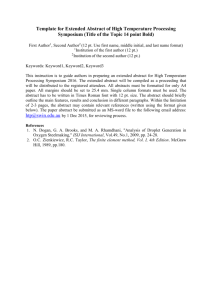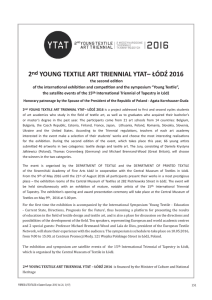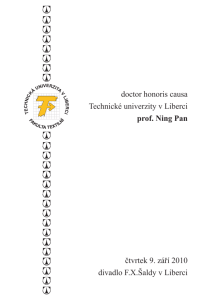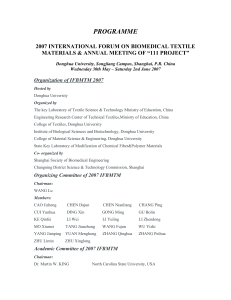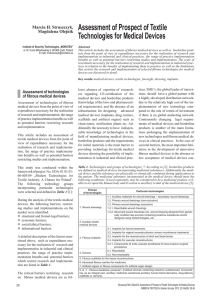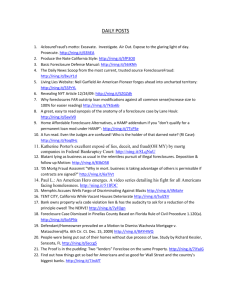Recent Progress in Soft Materials Science
advertisement
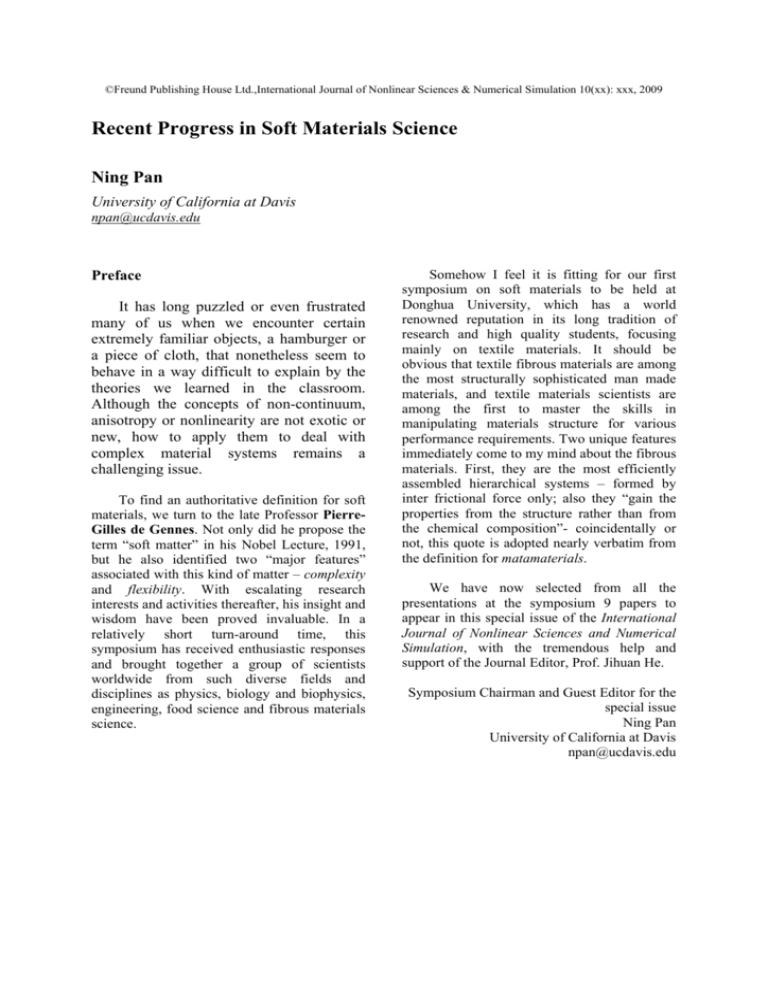
©Freund Publishing House Ltd.,International Journal of Nonlinear Sciences & Numerical Simulation 10(xx): xxx, 2009 Recent Progress in Soft Materials Science Ning Pan University of California at Davis npan@ucdavis.edu Preface It has long puzzled or even frustrated many of us when we encounter certain extremely familiar objects, a hamburger or a piece of cloth, that nonetheless seem to behave in a way difficult to explain by the theories we learned in the classroom. Although the concepts of non-continuum, anisotropy or nonlinearity are not exotic or new, how to apply them to deal with complex material systems remains a challenging issue. To find an authoritative definition for soft materials, we turn to the late Professor PierreGilles de Gennes. Not only did he propose the term “soft matter” in his Nobel Lecture, 1991, but he also identified two “major features” associated with this kind of matter – complexity and flexibility. With escalating research interests and activities thereafter, his insight and wisdom have been proved invaluable. In a relatively short turn-around time, this symposium has received enthusiastic responses and brought together a group of scientists worldwide from such diverse fields and disciplines as physics, biology and biophysics, engineering, food science and fibrous materials science. Somehow I feel it is fitting for our first symposium on soft materials to be held at Donghua University, which has a world renowned reputation in its long tradition of research and high quality students, focusing mainly on textile materials. It should be obvious that textile fibrous materials are among the most structurally sophisticated man made materials, and textile materials scientists are among the first to master the skills in manipulating materials structure for various performance requirements. Two unique features immediately come to my mind about the fibrous materials. First, they are the most efficiently assembled hierarchical systems – formed by inter frictional force only; also they “gain the properties from the structure rather than from the chemical composition”- coincidentally or not, this quote is adopted nearly verbatim from the definition for matamaterials. We have now selected from all the presentations at the symposium 9 papers to appear in this special issue of the International Journal of Nonlinear Sciences and Numerical Simulation, with the tremendous help and support of the Journal Editor, Prof. Jihuan He. Symposium Chairman and Guest Editor for the special issue Ning Pan University of California at Davis npan@ucdavis.edu


